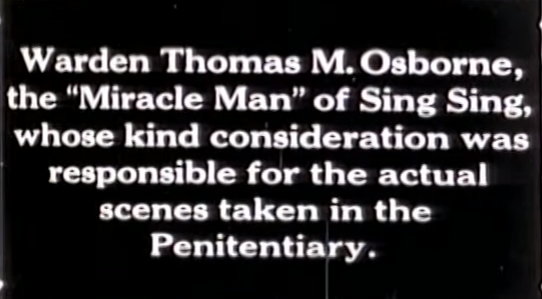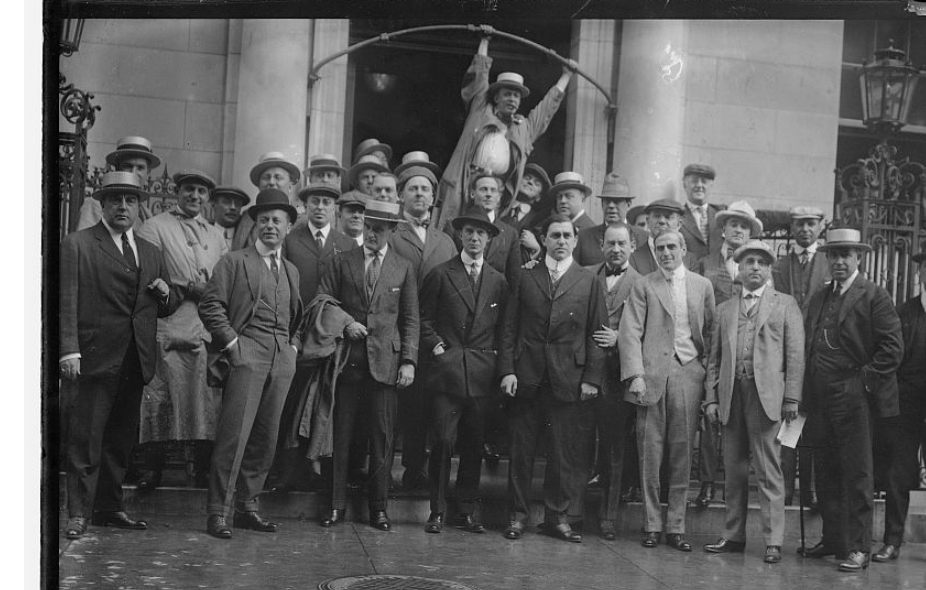Sing Sing and the Film Industry
Sing Sing Prison has been appearing in books, movies, songs, and stories since it opened in the nineteenth century. Here are just a few of the places you’ll find the prison in pop culture and history.
|
Many films were made at Sing Sing, including Castle on the Hudson, which borrowed a nickname for the Prison as its title, and Angels with Dirty Faces, starring James Cagney. Watch the trailer for Angels with Dirty Faces here.
|
|
|
While not filmed at Sing Sing, the institution plays a notable part in the classic film favorite, Breakfast at Tiffany’s, starring Audrey Hepburn. Watch the scene where Hepburn’s character, Holly Golightly, pays a regular visit to Sing Sing inmate, Sally Tomato.
|
|
In 1915, Alias Jimmy Valentine was filmed at Sing Sing. The movie has been credited as the first gangster film. It includes many scenes filmed in the original Cellblock from 1825, which you can see beginning at about the 18 minute mark of this video.
|
|
Alexis de Tocqueville toured Sing Sing. Sing Sing Prison Documentary Footage from Sing Sing prison was shown. French aristocrat Alexis de Tocqueville wrote a report on the American prison system during his visit to North America in the 1830s. The first prison they saw was Sing Sing prison located on the banks of the Hudson River. Brant Kehn is the historian of Sing Sing Prison. (CSPAN)
Click here to watch the documentary |
Performances at Sing Sing
|
There have been many performances — by acts famous and not — at Sing Sing over the years. This photograph was taken in 1915 on the day these members of the Lambs Club, a social club for actors, songwriters, and performers, visited Sing Sing to perform. Here, they’re pictured in front of their club building on 44th Street in Manhattan.
Bain News Service. “Lambs Before Lambs Club.” June 27, 1915. Accessed via the Library of Congress. |
|
The magician Harry Houdini (seen here in a promotional image for his film “The Grim Game”) gave a three-hour magic act at Sing Sing in 1916.
Lasky Corporation. “Stone walls and chains do not make a prison – for Houdini”, c. 1898. Accessed via the Library of Congress. |







